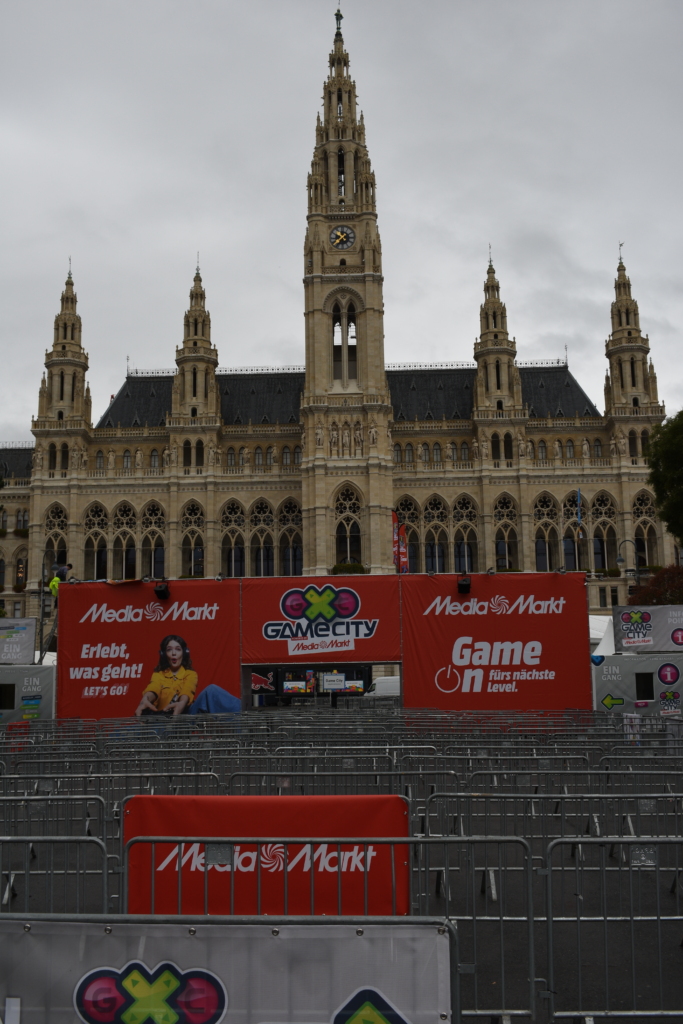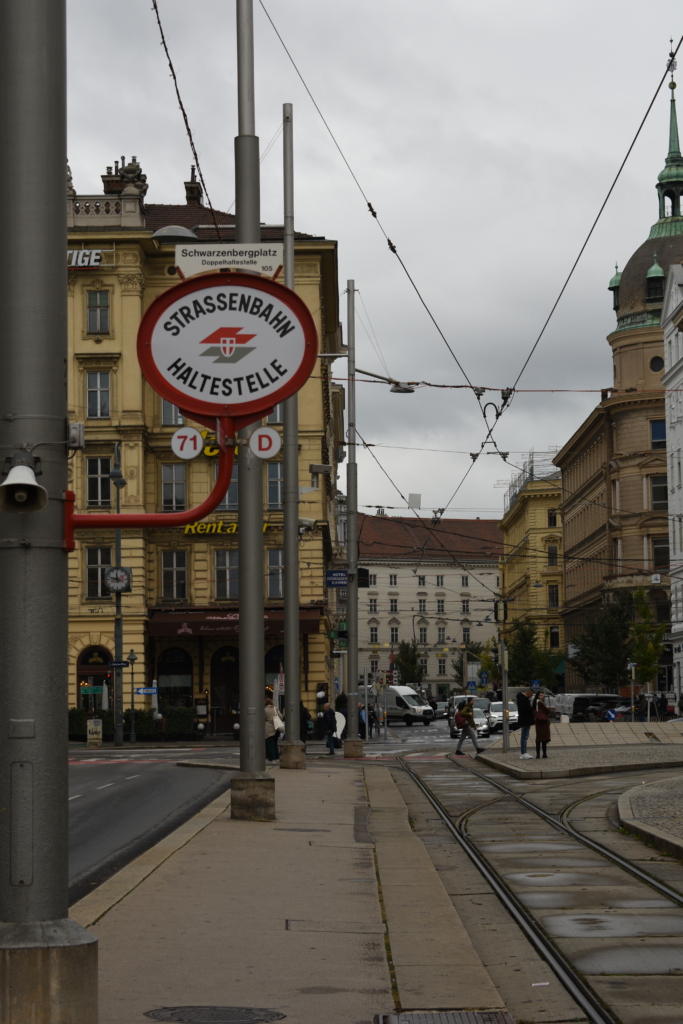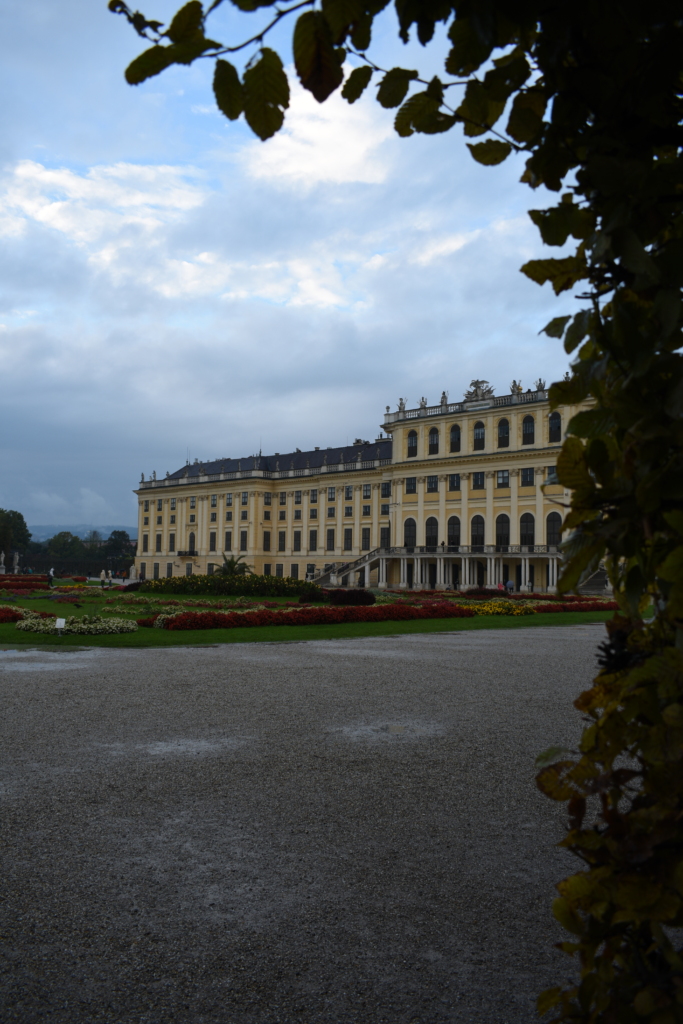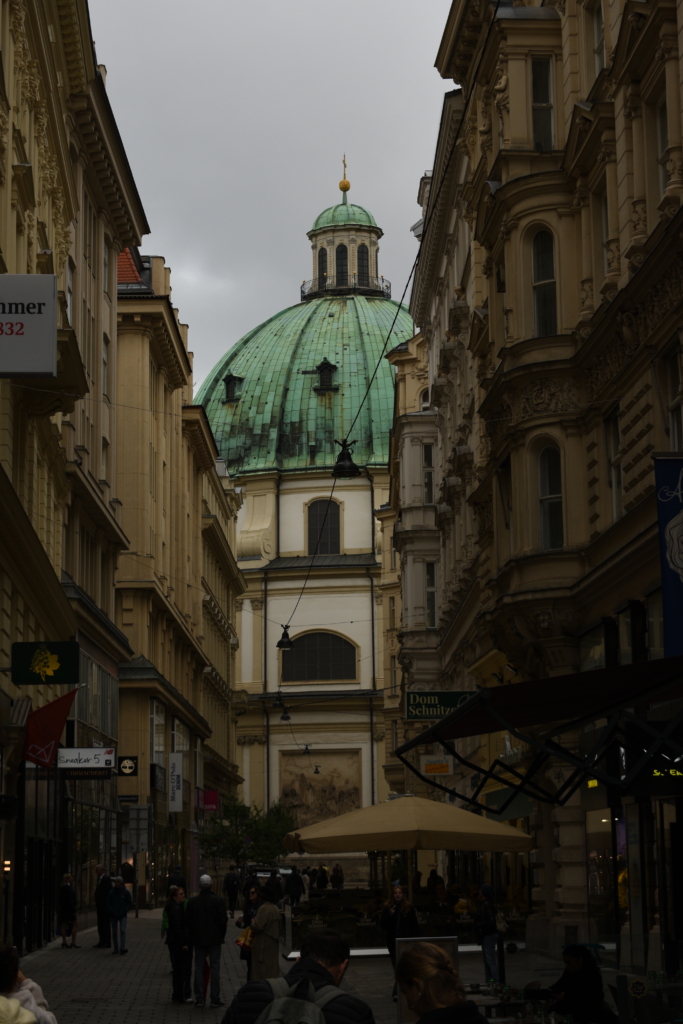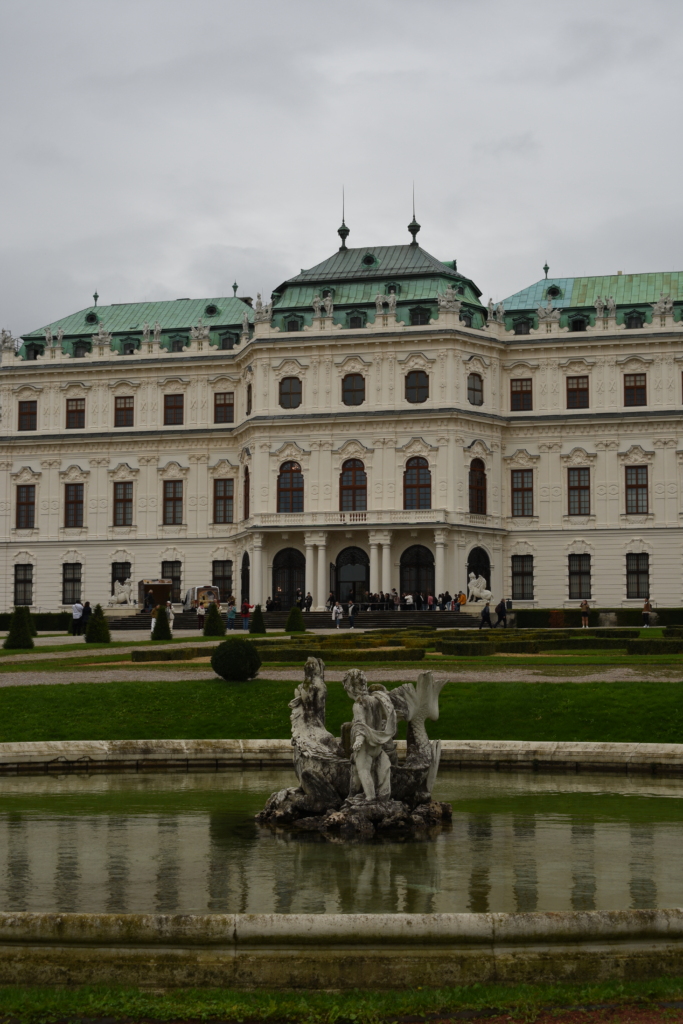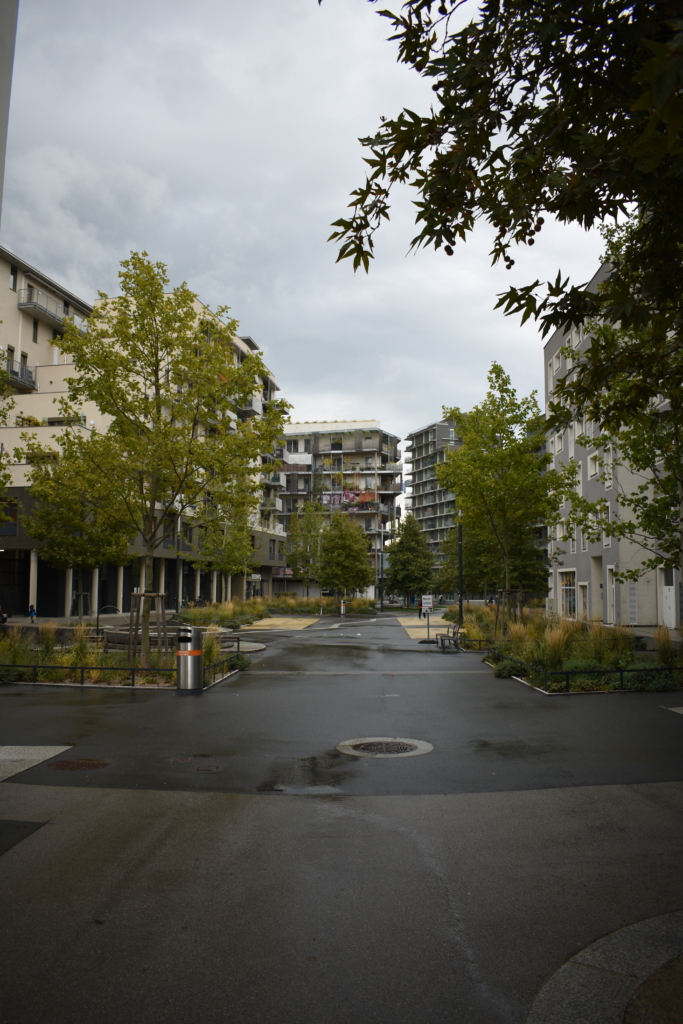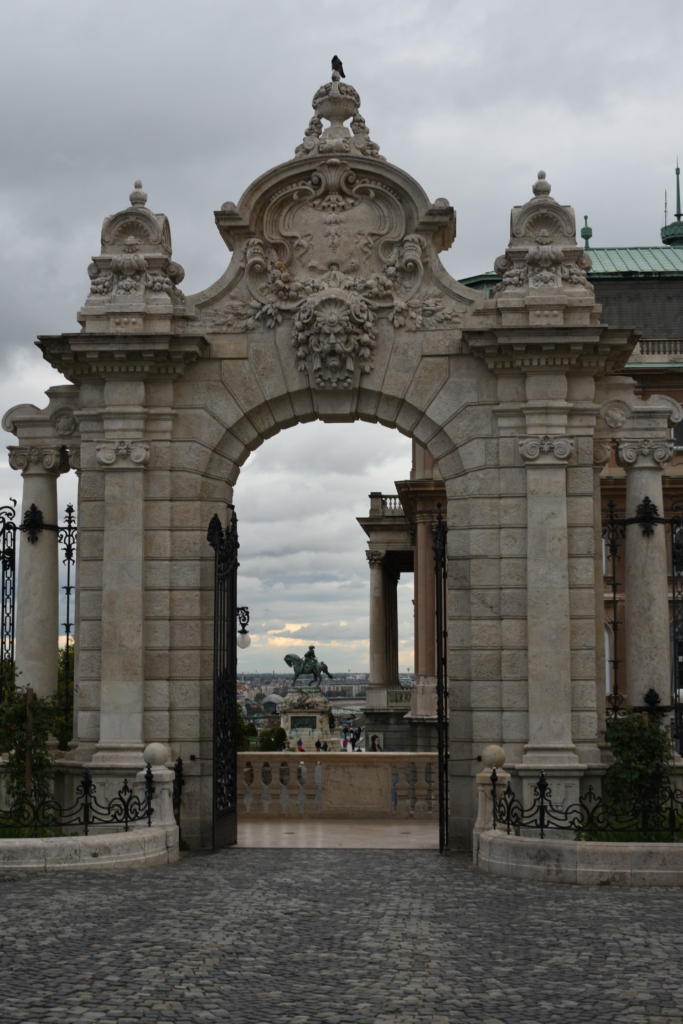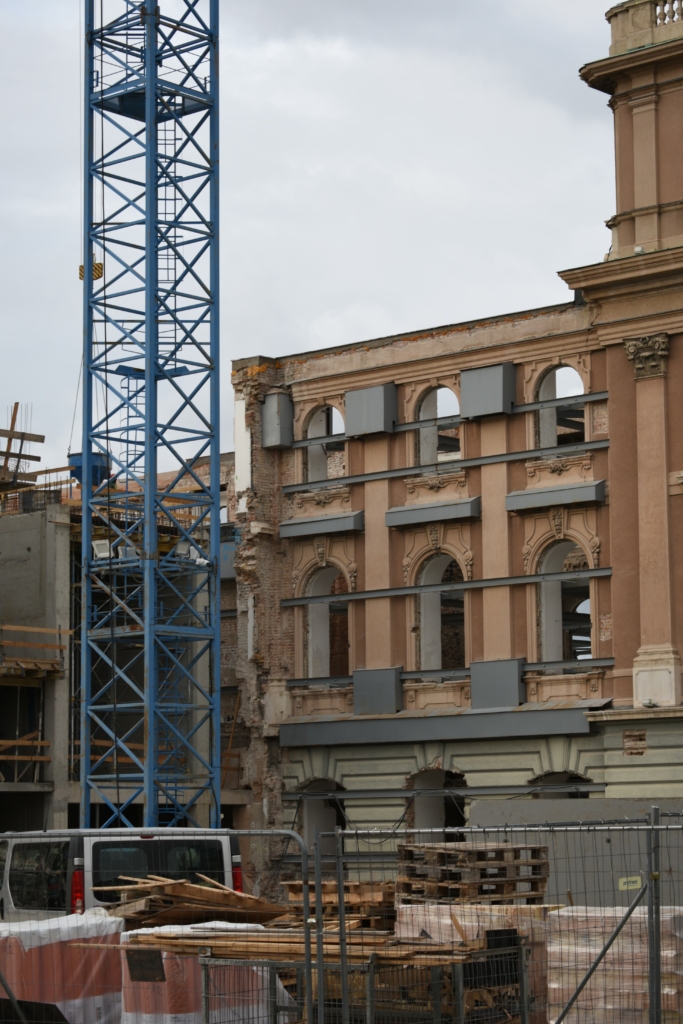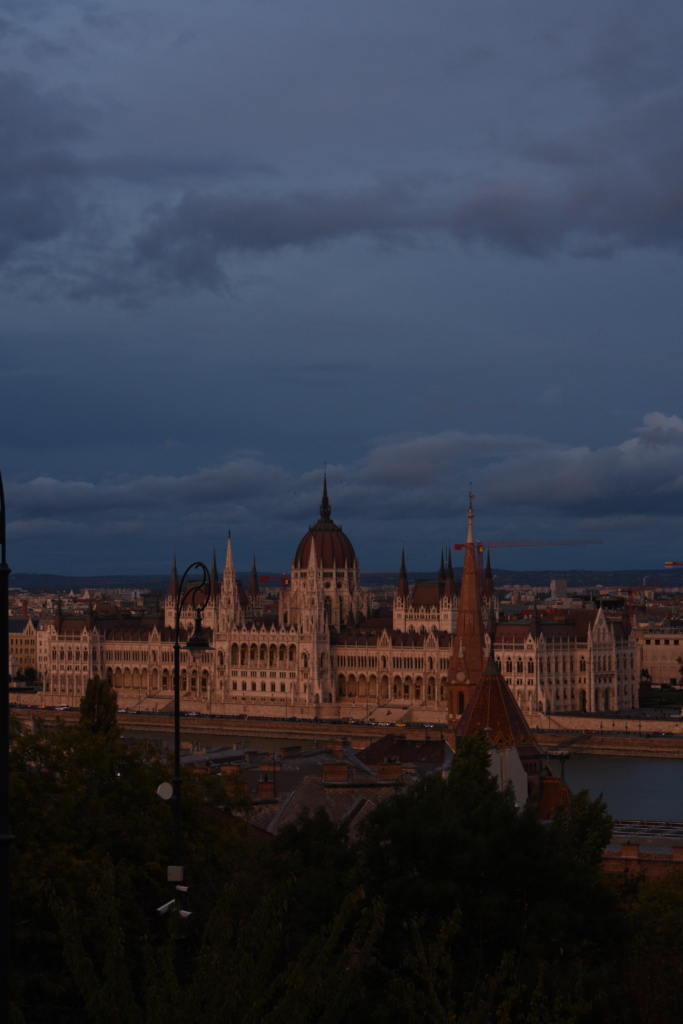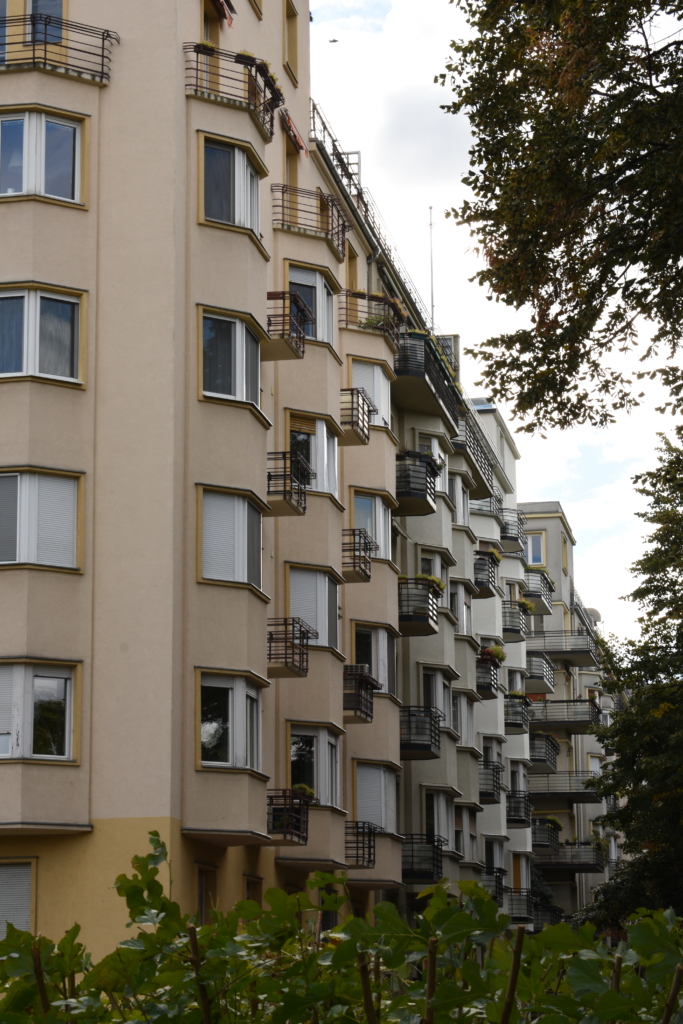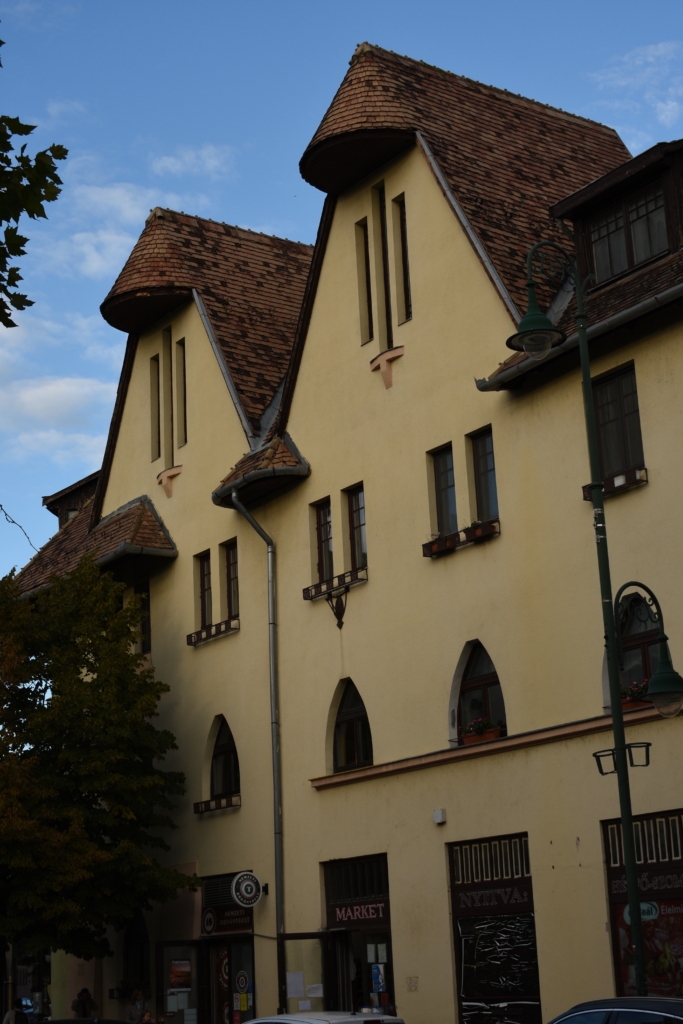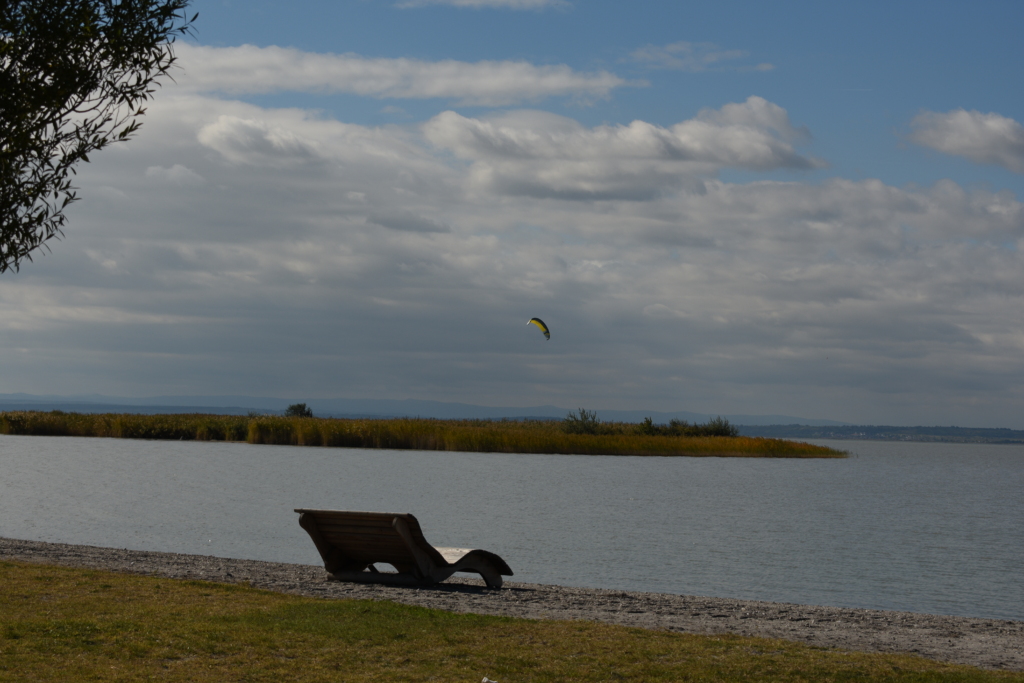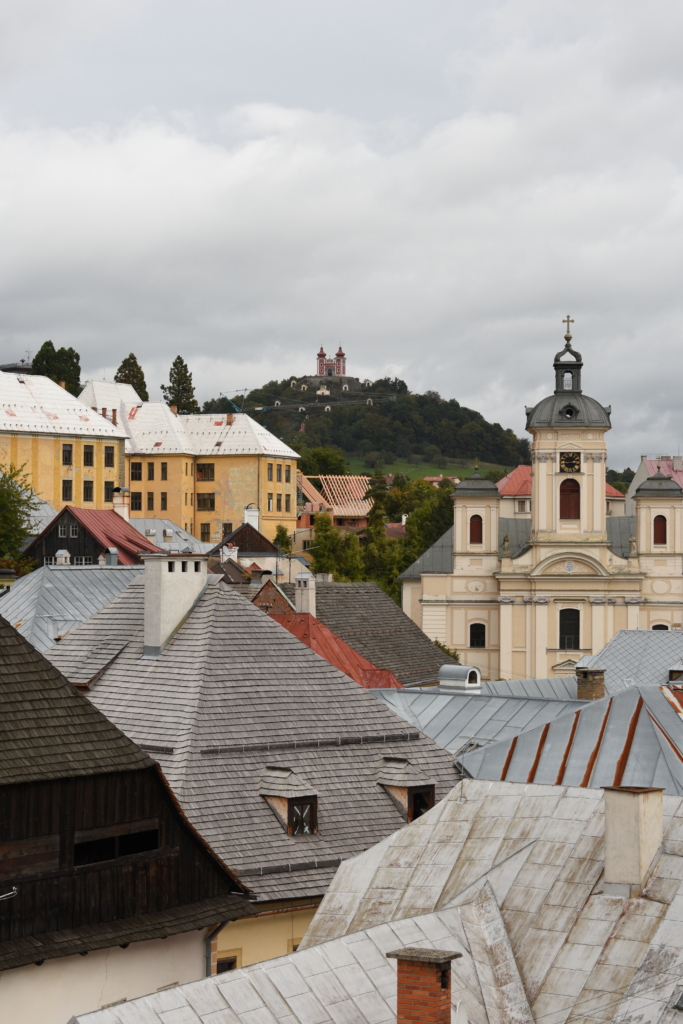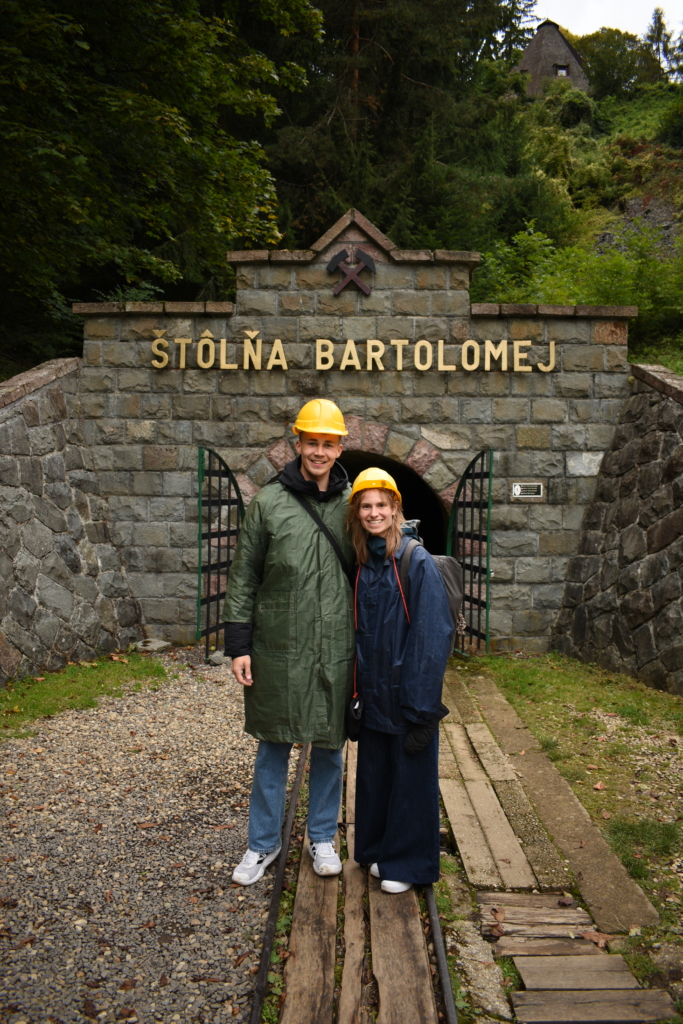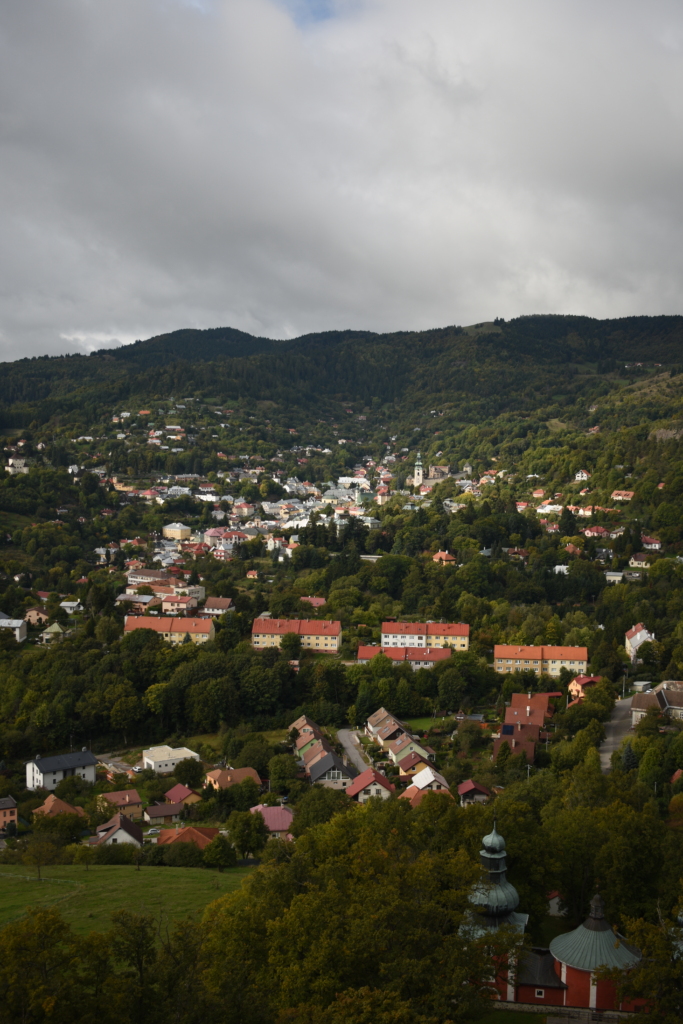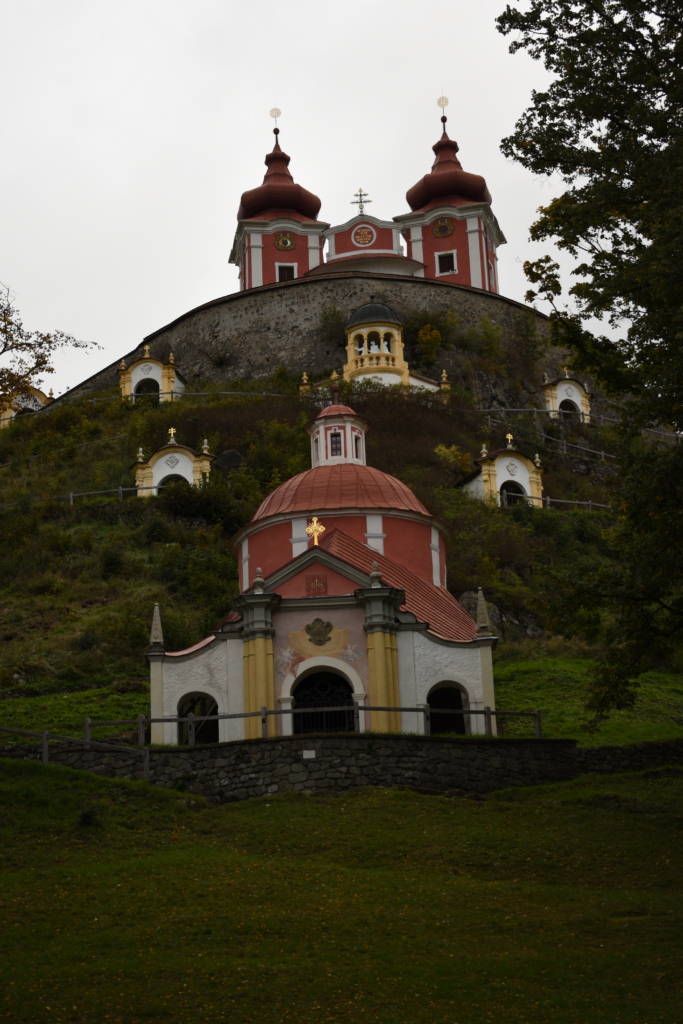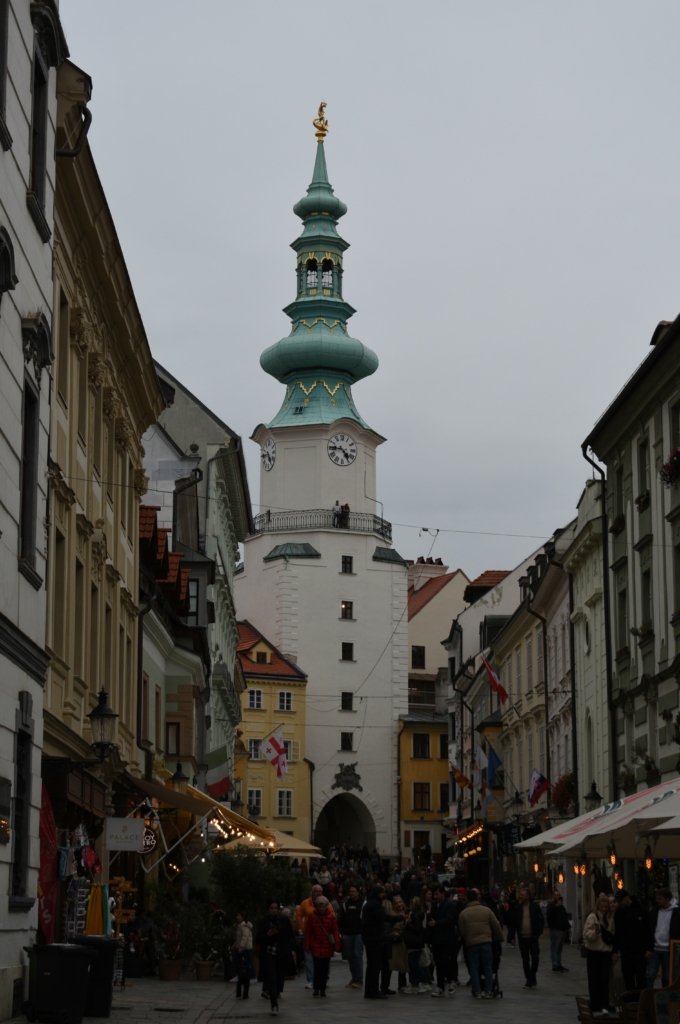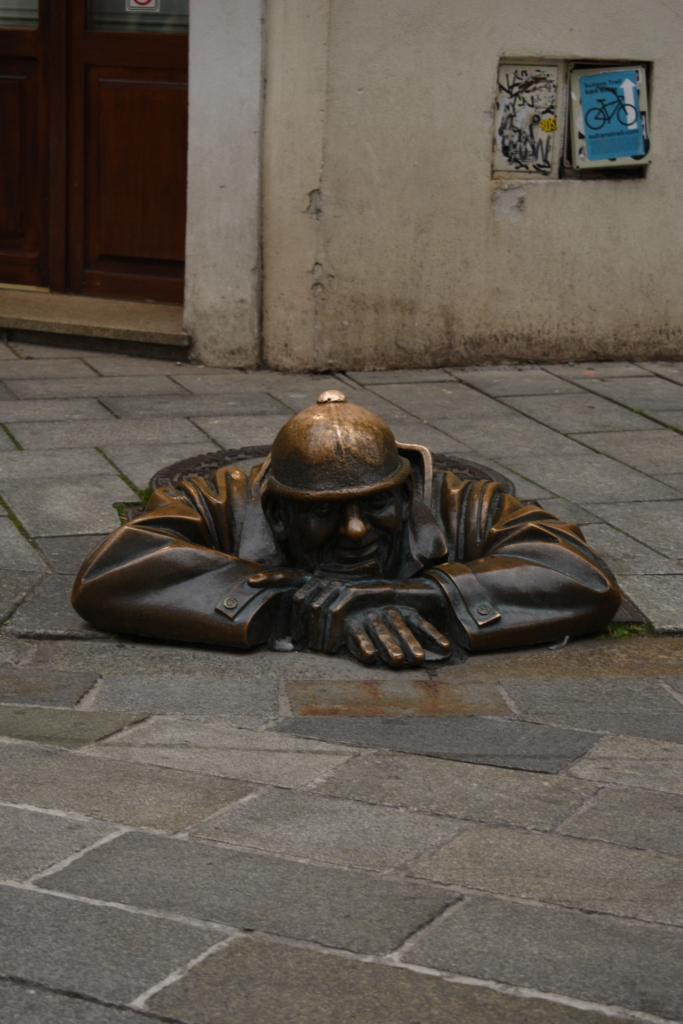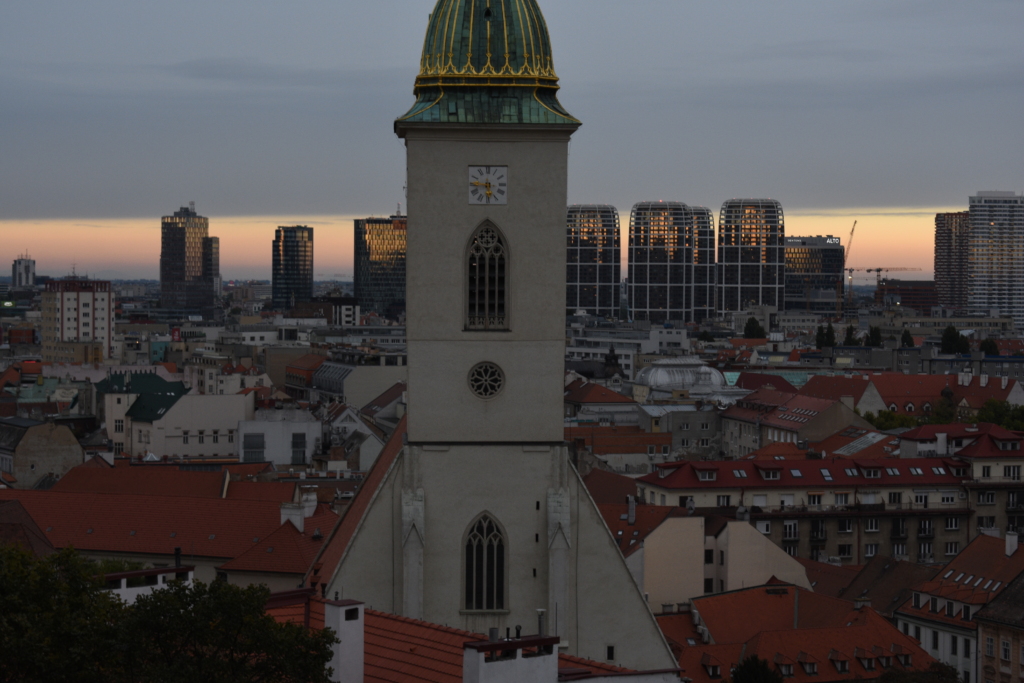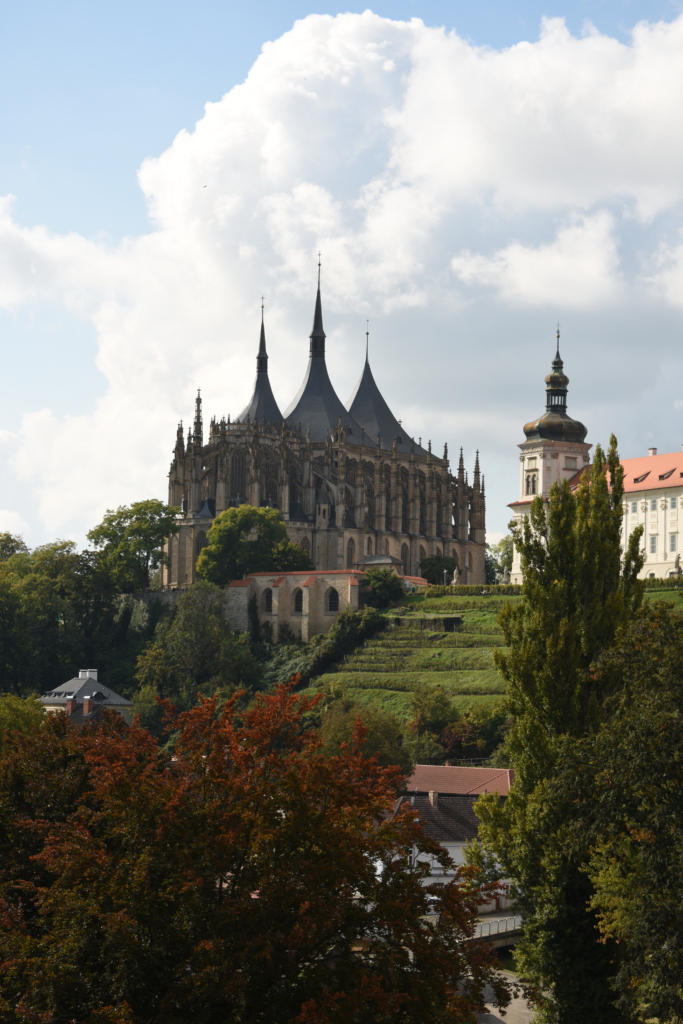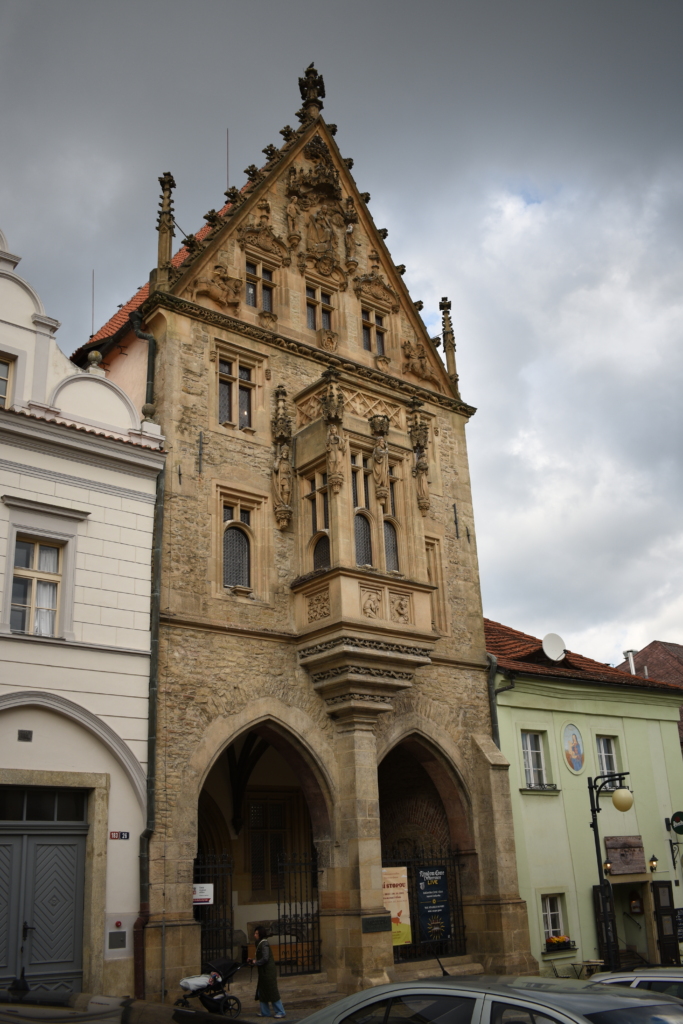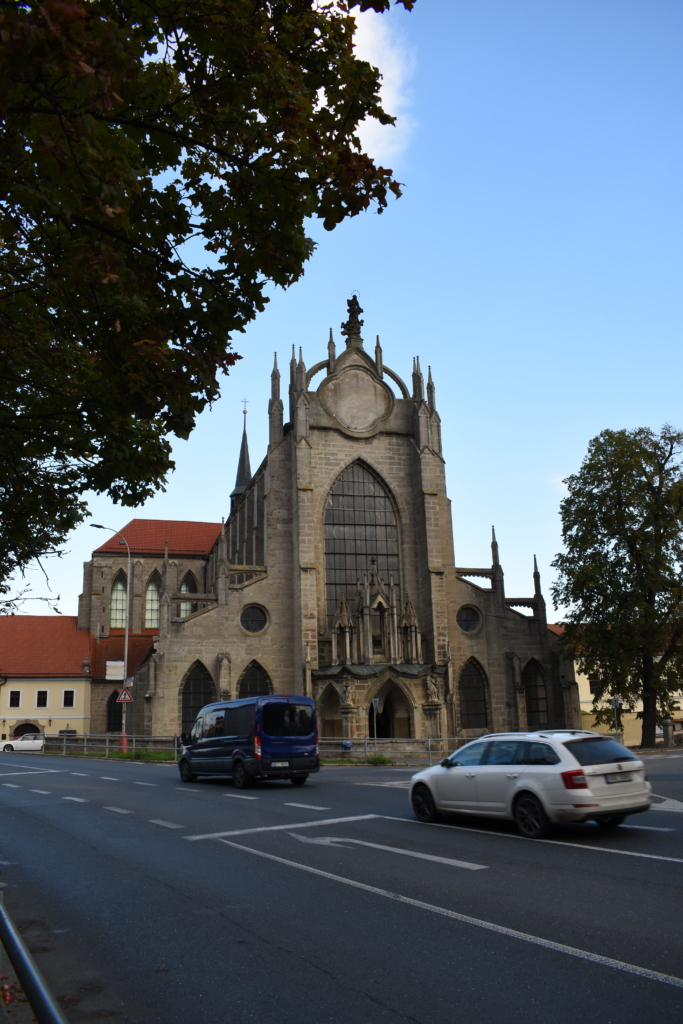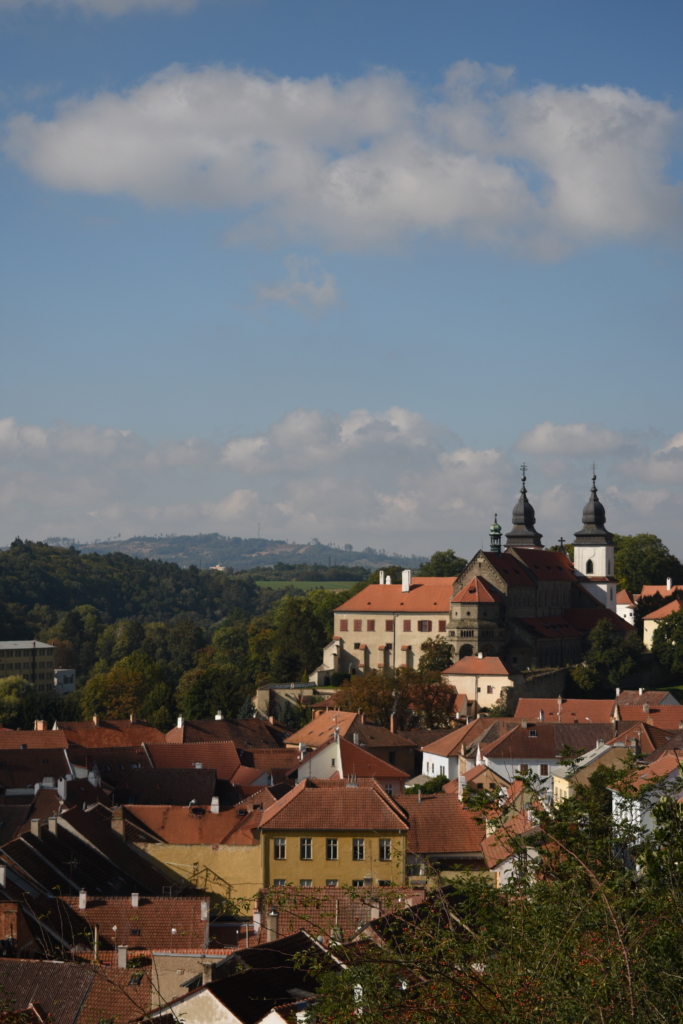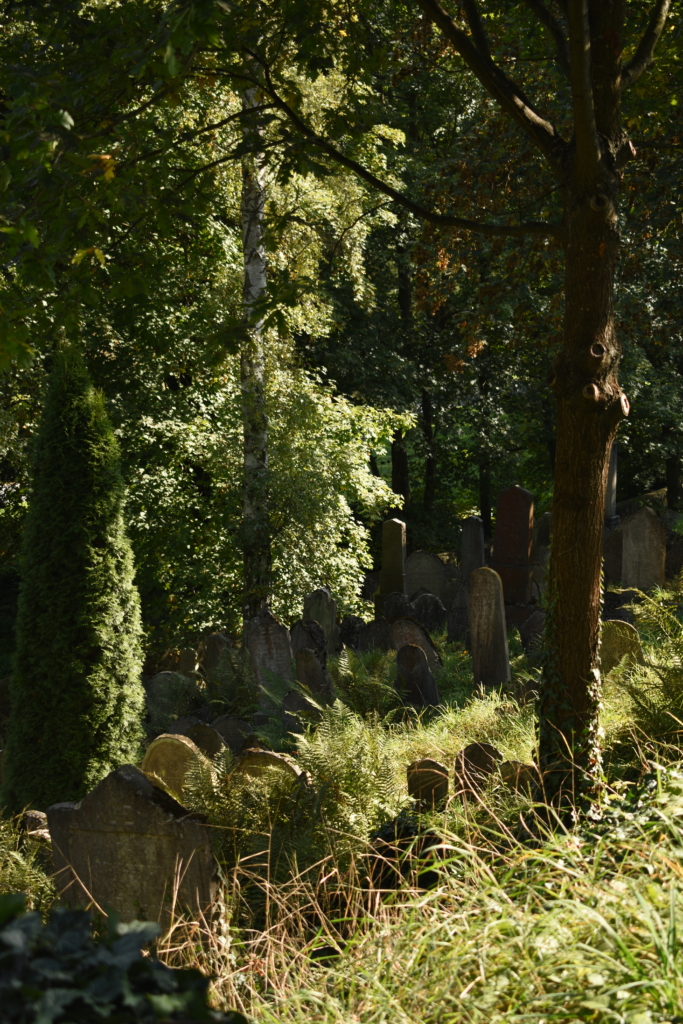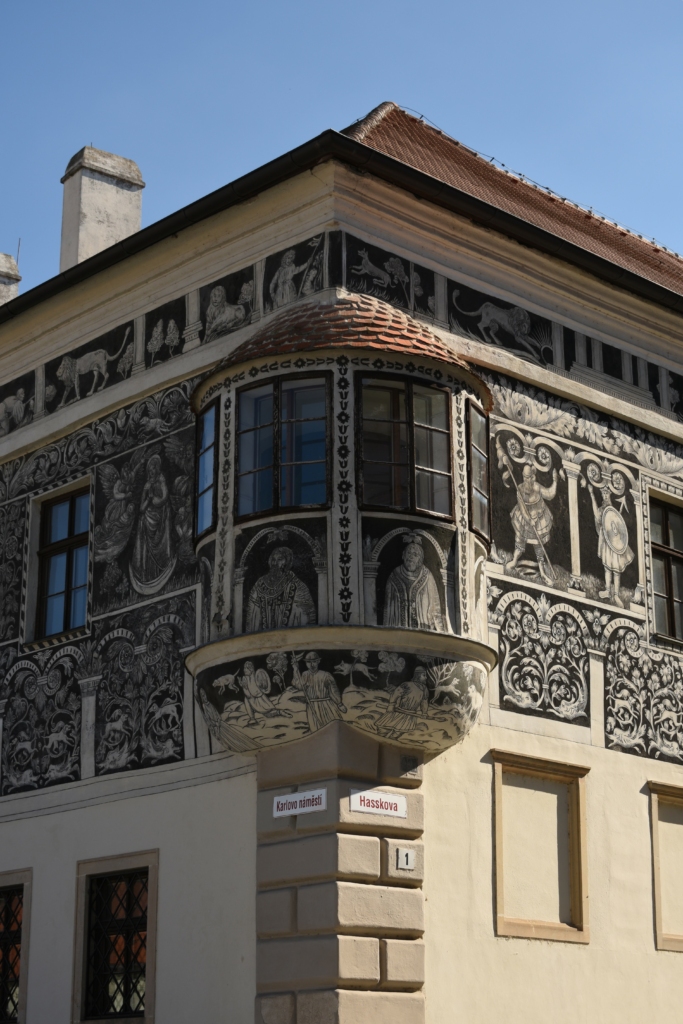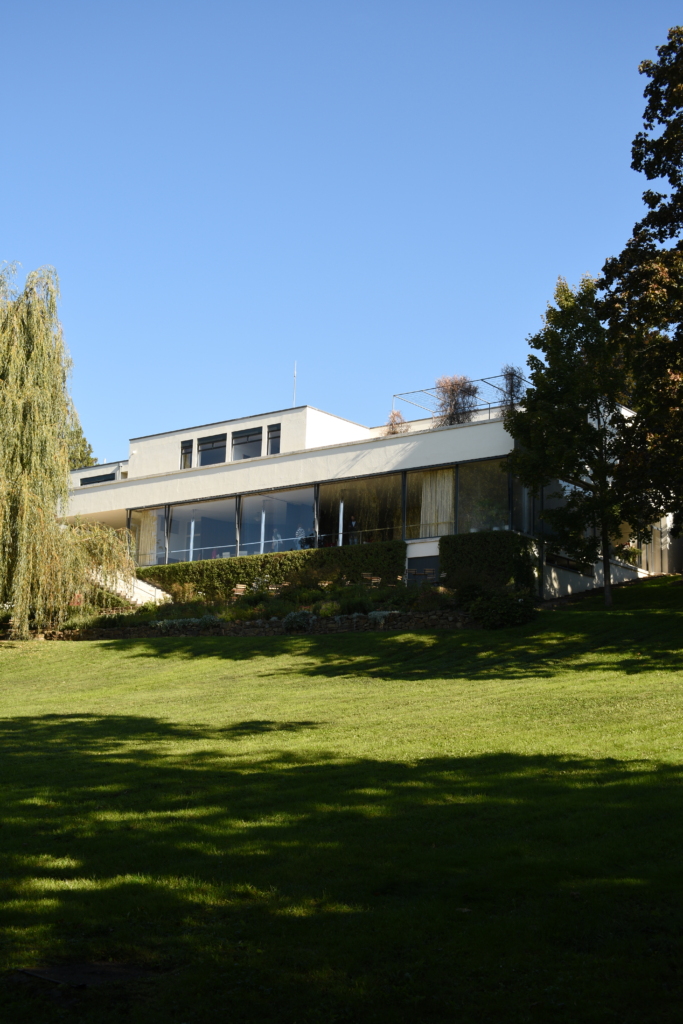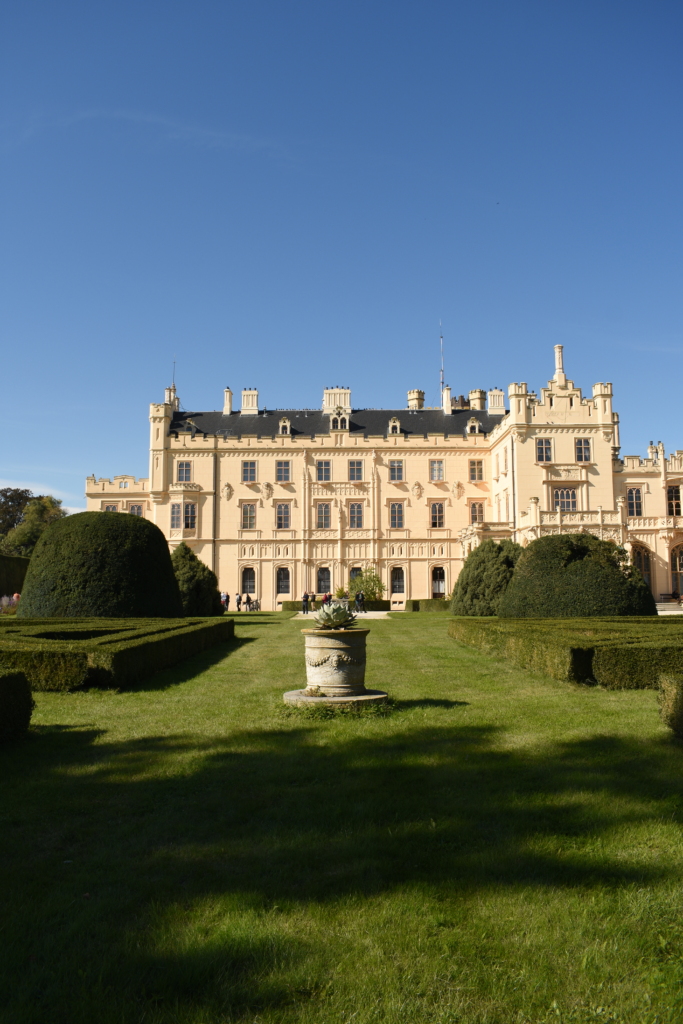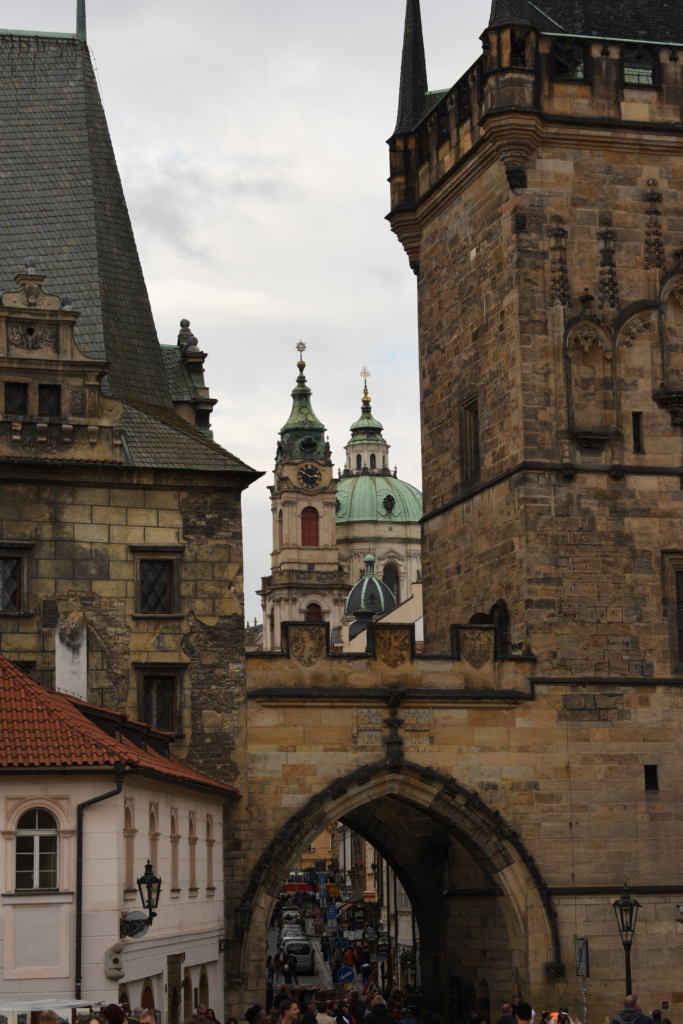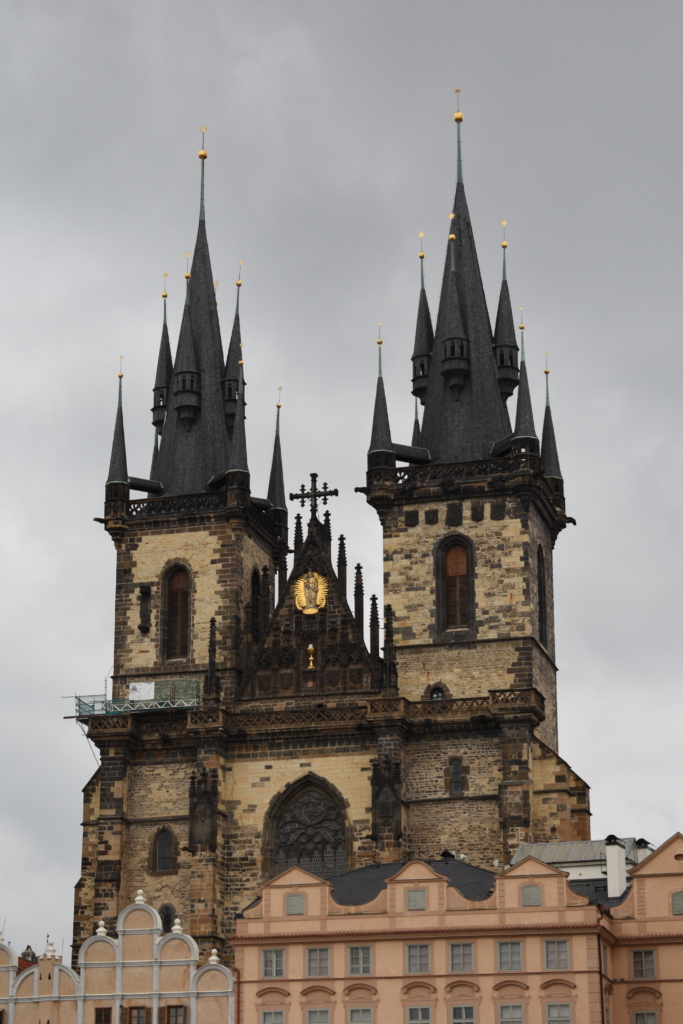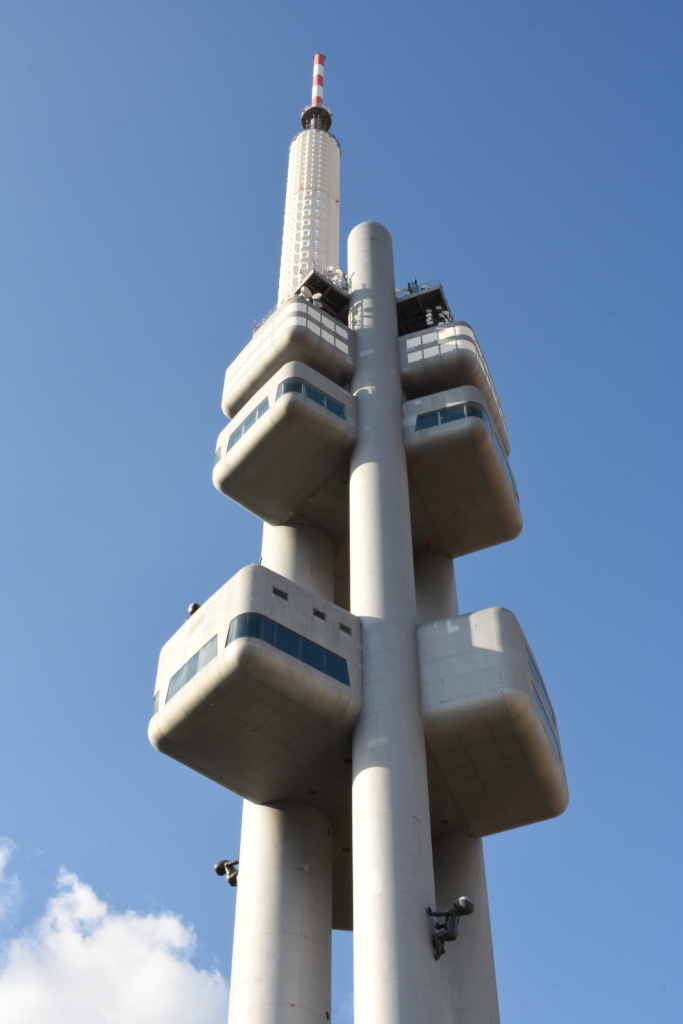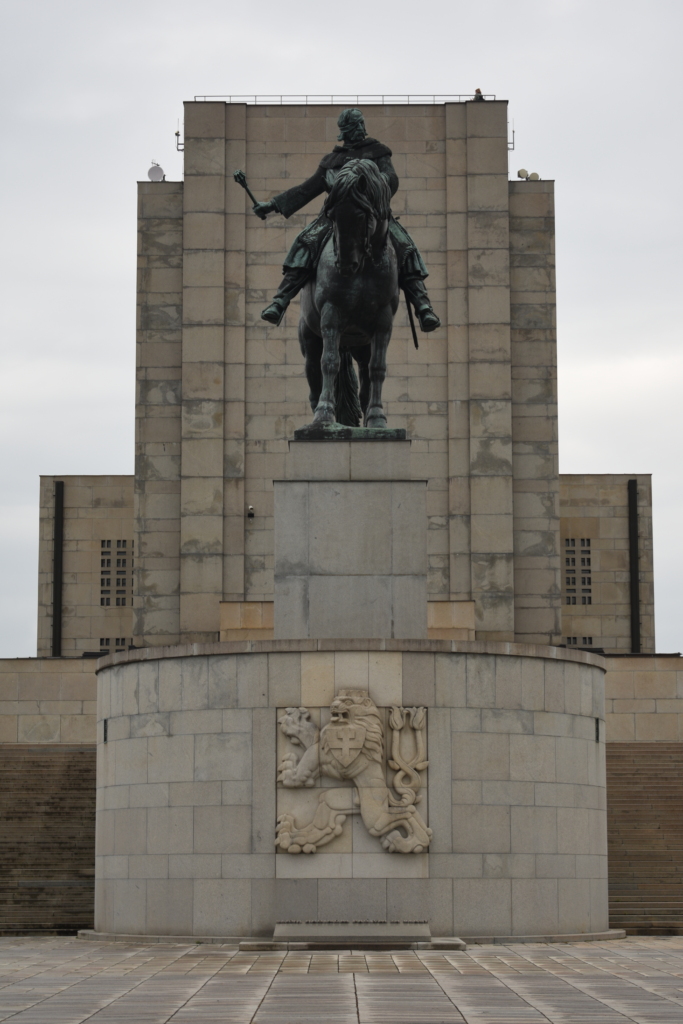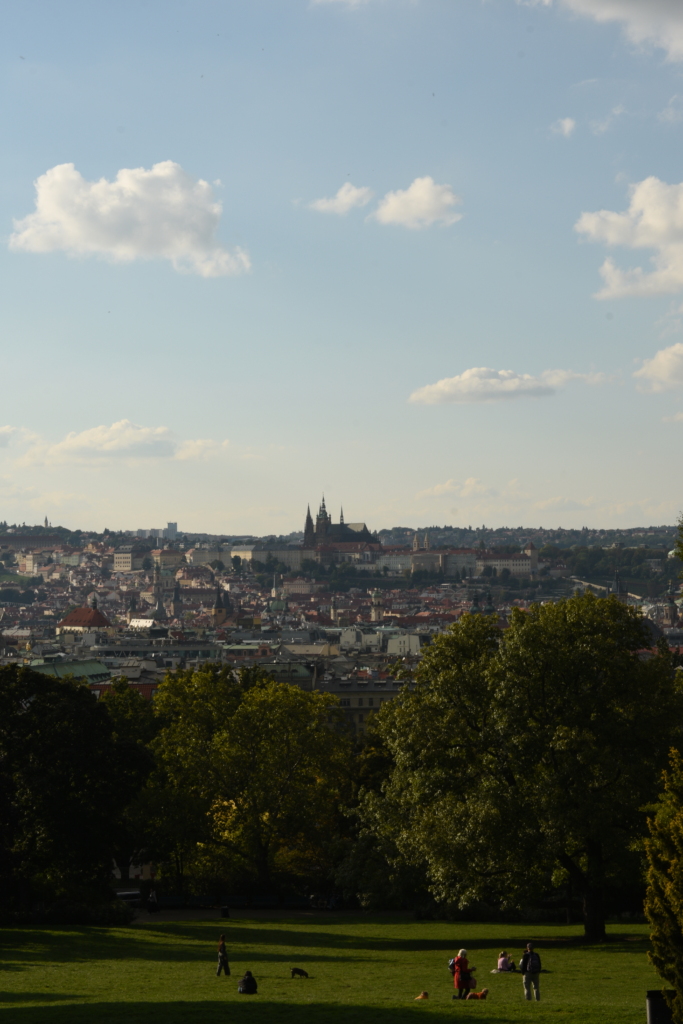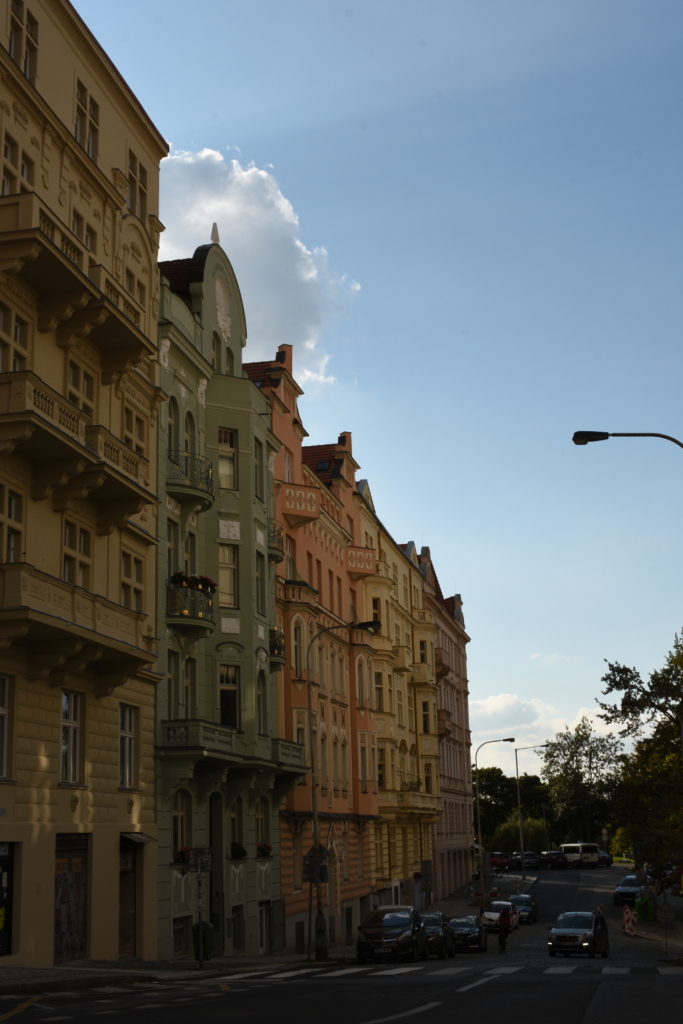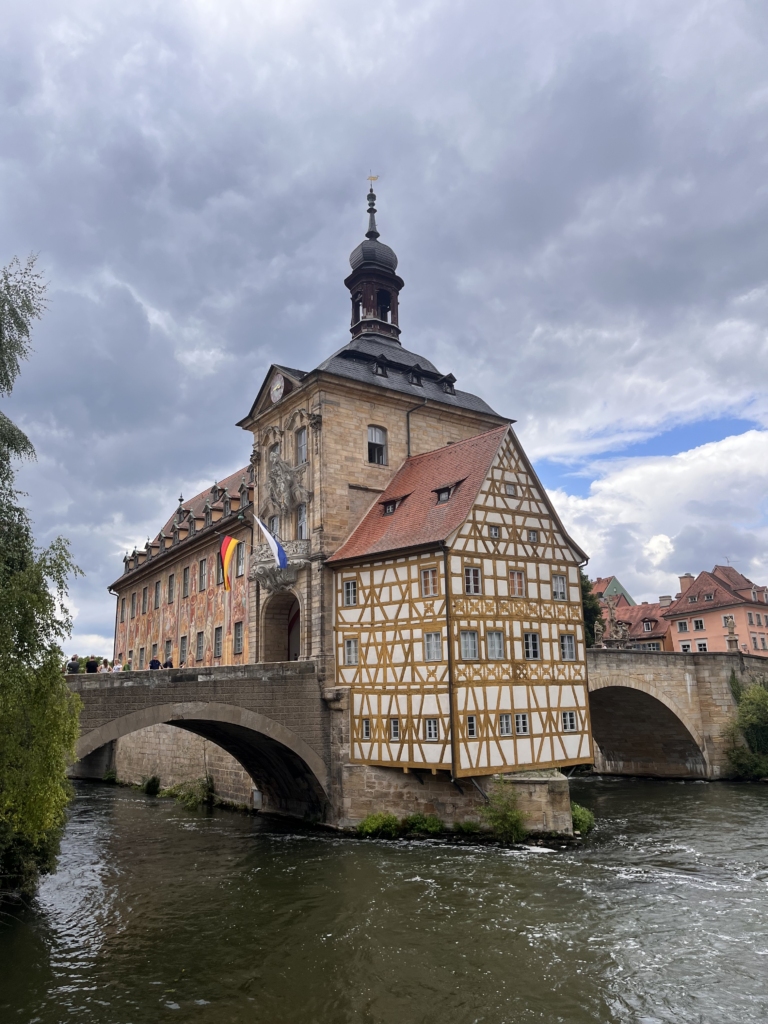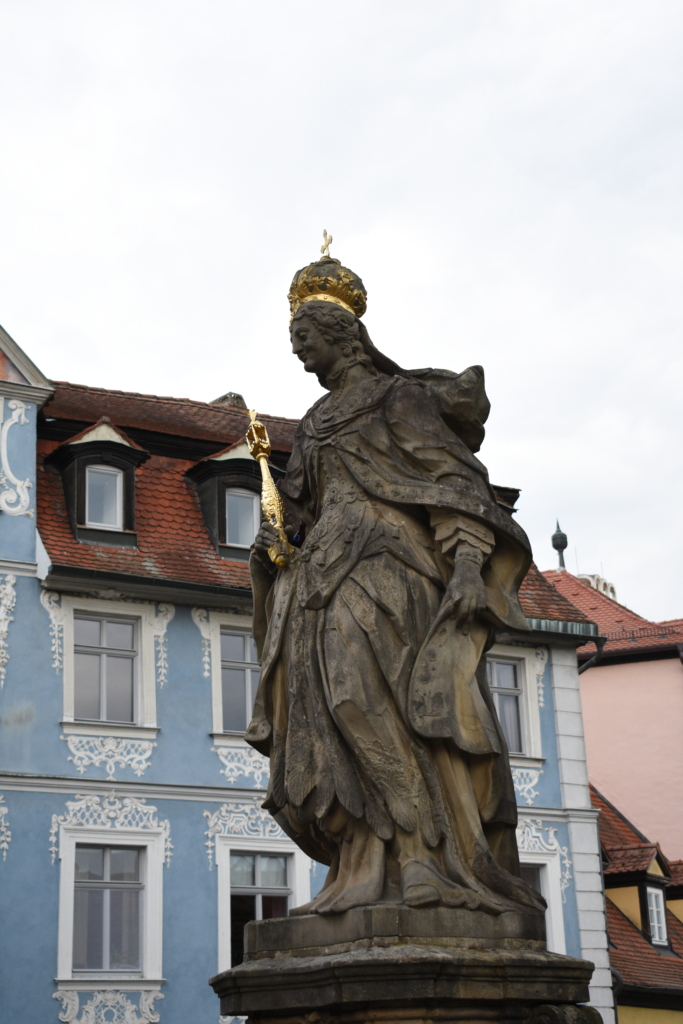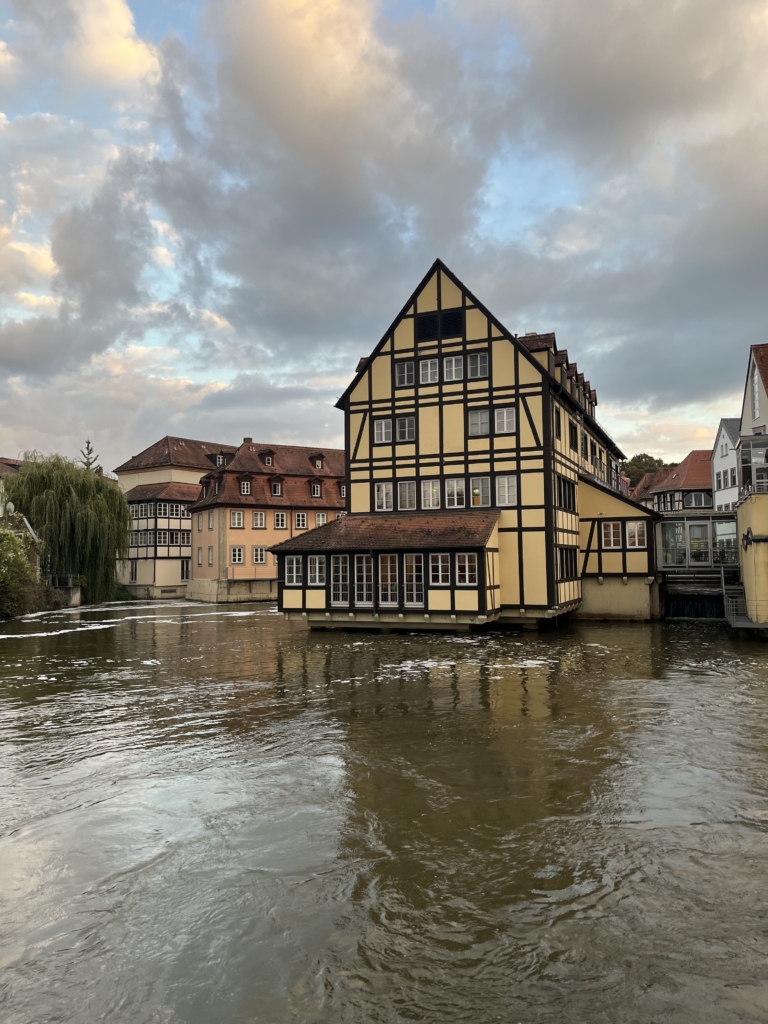Regensburg! The last stop on our journey – or perhaps the first?
On our walk from the train station to the World Heritage Center, we passed a large “fly agaric” mushroom (Milchschwammerl), whose original function as a milk-selling spot amazed us — we had seen exactly the same kind of shop in East Westphalia! It turns out there were around 50 of these across Germany. Today, the one in Regensburg serves as a kiosk, while in East Westphalia, it would typically be a small snack stand.
Passing by the cathedral, we finally arrived at the World Heritage Center on the banks of the Danube. After visiting the historic roof structure with Monika – once used for storing salt – the three of us set out for a tour of the city. We first crossed the Stone Bridge to the opposite bank of the Danube. From there, we made a detour past the Cinema Paradiso, a popular open-air cinema in Regensburg and potential swimming spots in the Danube, which we planned to try out later.
Back on the other side of the Danube, we visited the sculpture of the “Golden Waller,” which, after the incident at Lake Brombach in the summer of ’25, had become a pilgrimage site for grieving catfish enthusiasts.
After visiting the cathedral and enjoying lunch, we finally made our way to Monika’s office at the town hall.
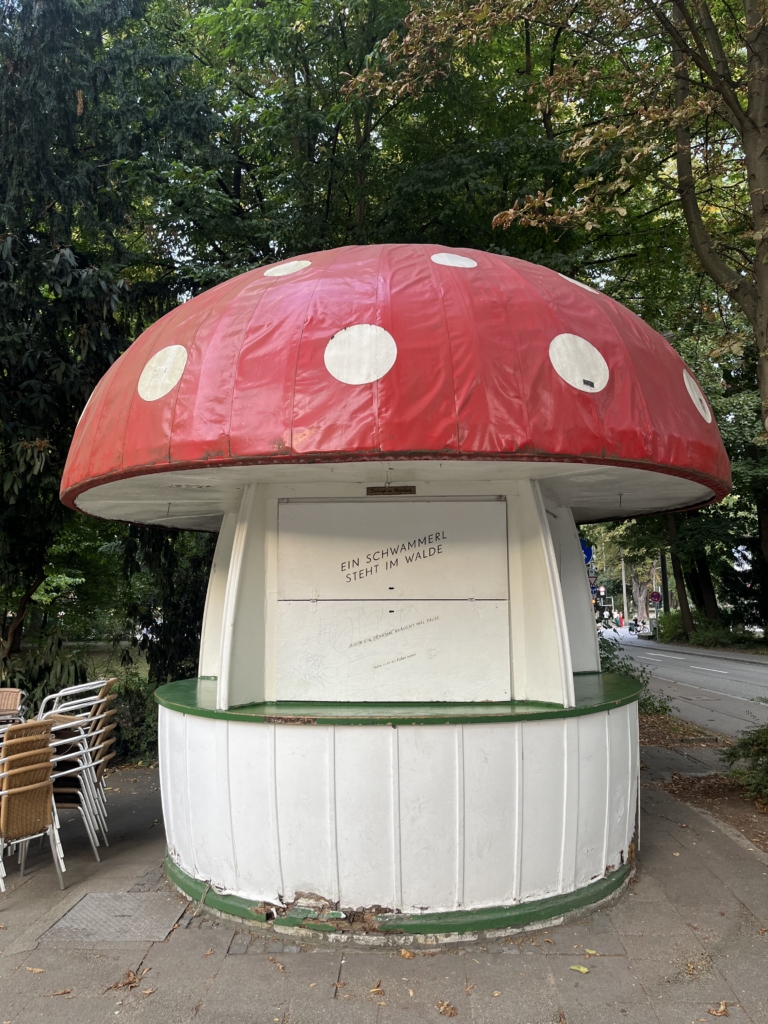
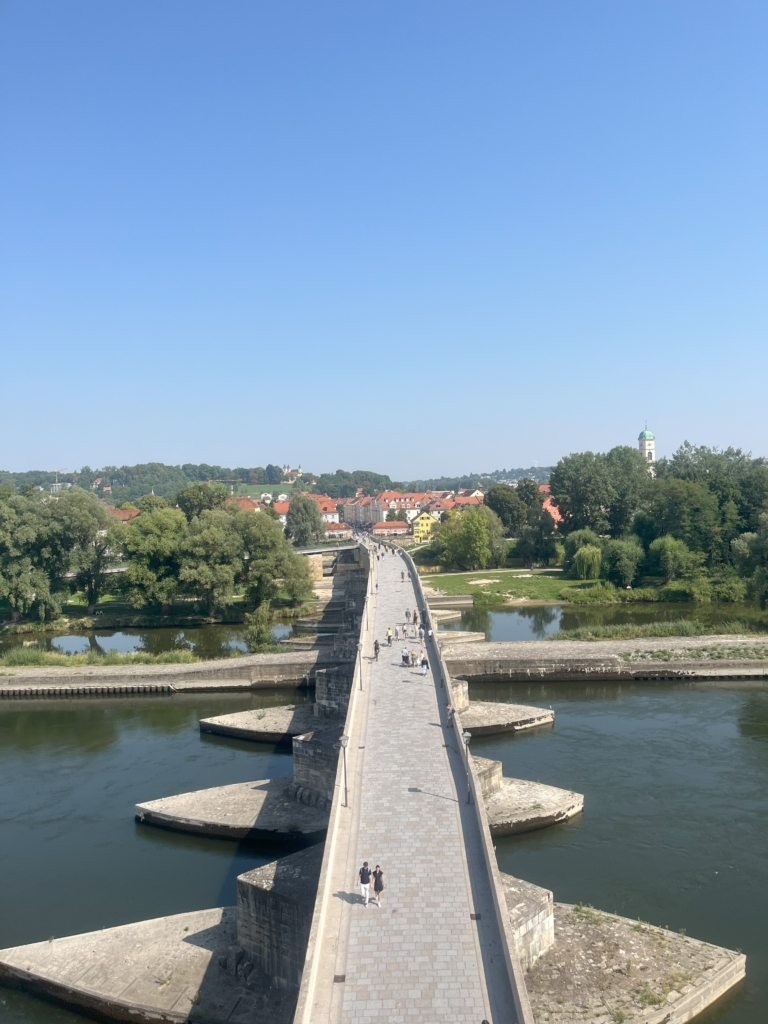
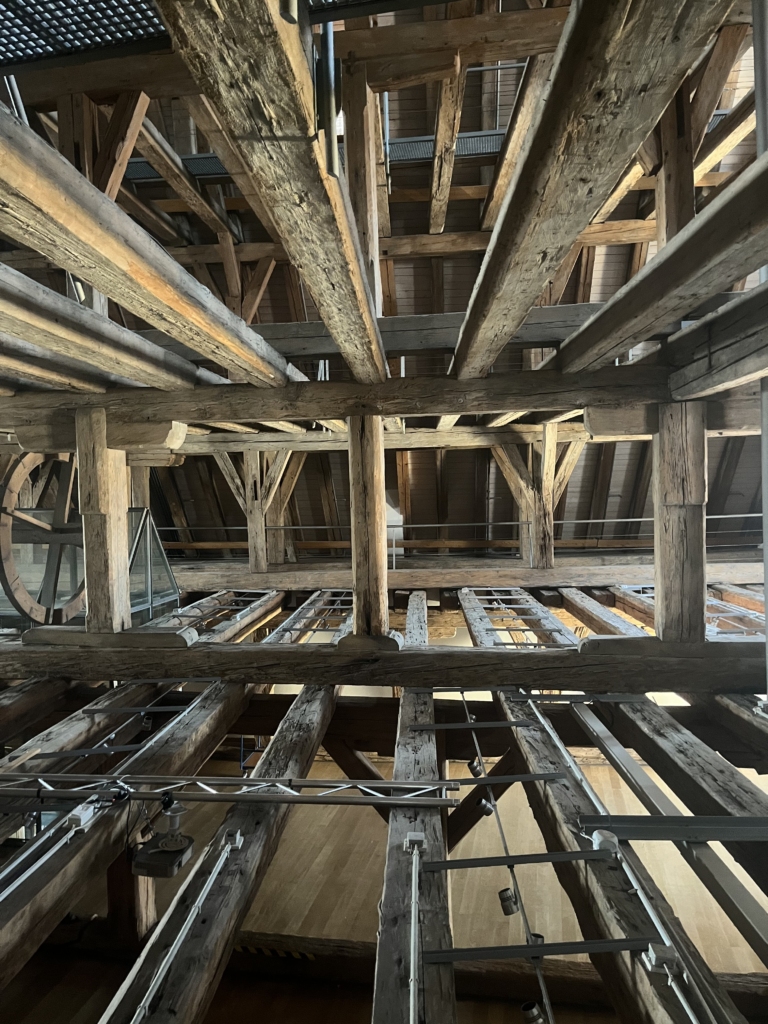
At this point, our paths parted: Monika returned to the World Heritage Center, while we continued our tour with a visit to Neupfarrplatz. There, we explored the underground remains of the Roman legionary camp Castra Regina and learned about the medieval Jewish quarter.
Once we returned to the World Heritage Center, we treated ourselves to some sausages from the Historische Wurstkuchl before heading to the Danube to cool off.
ChatGPT:
Regensburg greeted us as a lively, welcoming city — loved by locals and students alike. We were especially happy to be there in summer, when you can even take a swim in the Danube. The old town has a special charm, especially because it’s not just a backdrop, but a place where people really live, meet, and enjoy life.
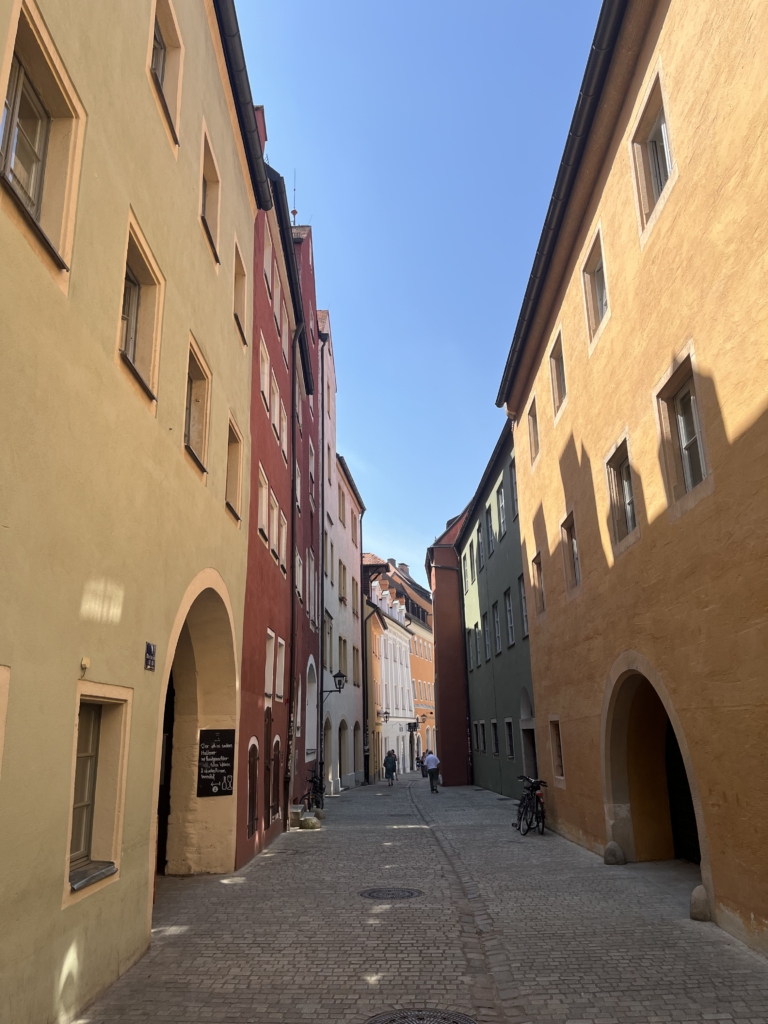
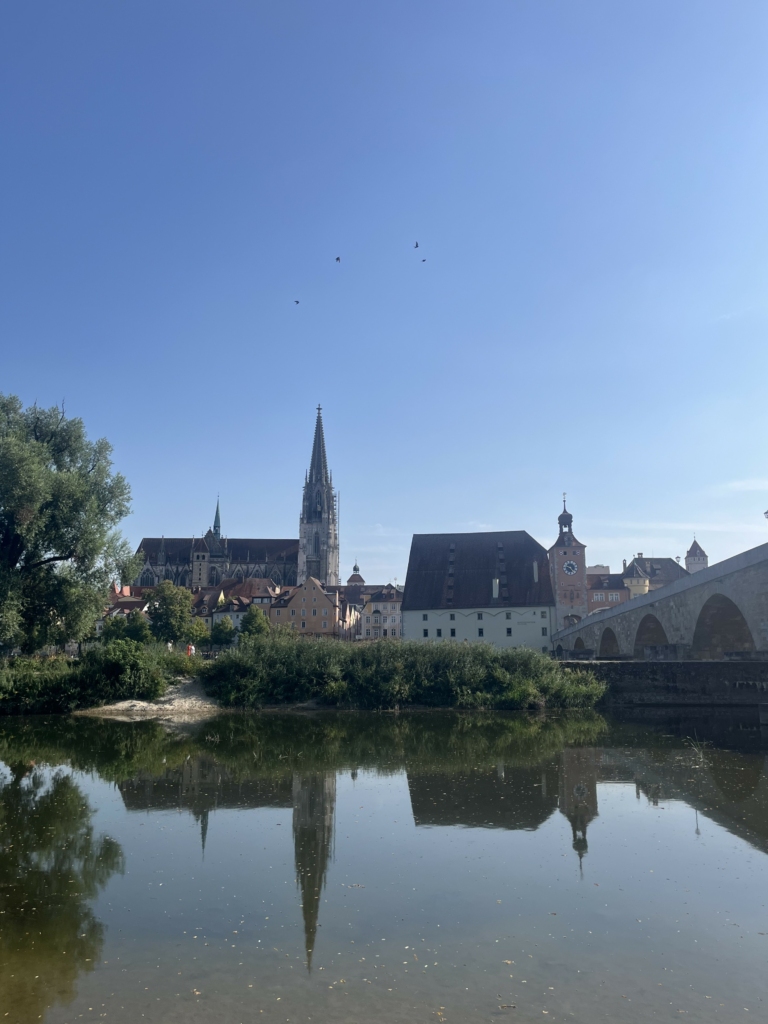
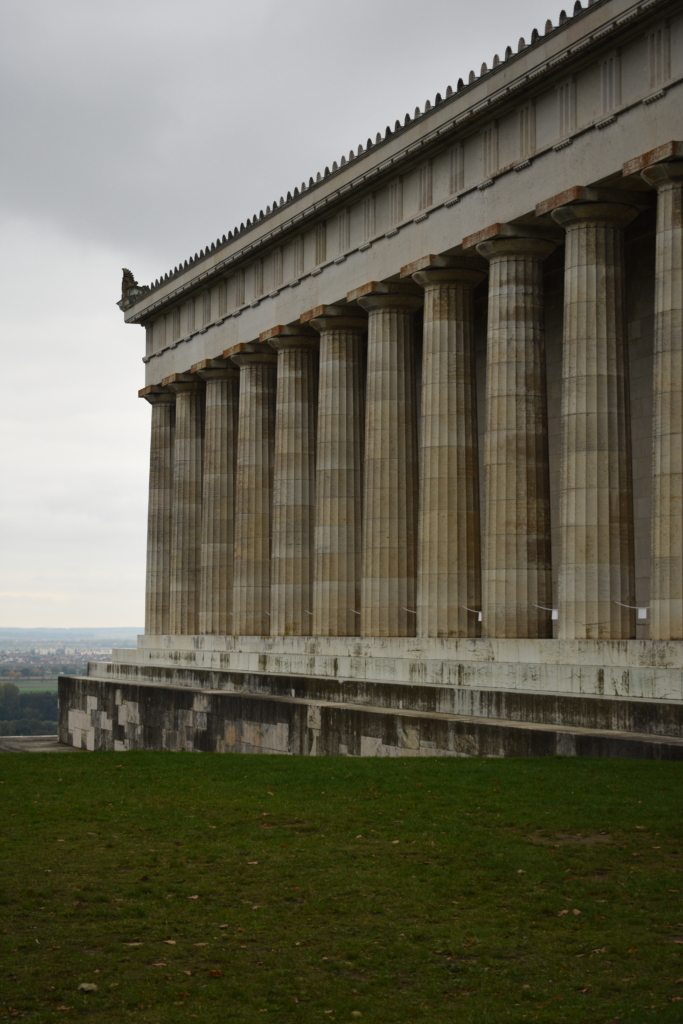
On our road trip, our route eventually took us back along the Danube – a constant companion throughout our journey – to Regensburg. This time, we were headed to visit the Walhalla.



